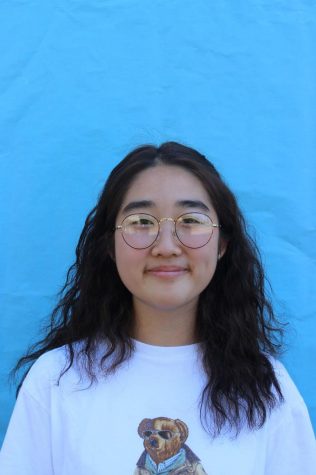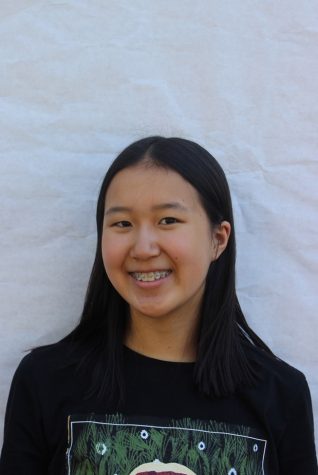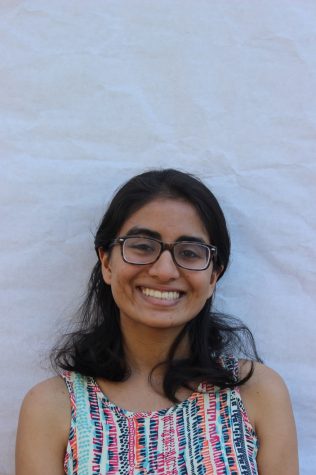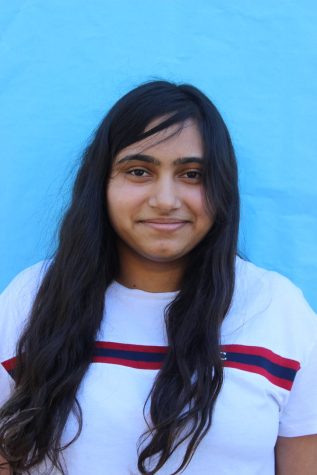Netflix original “Never Have I Ever” breaks the boundaries of minority representation in American television
May 28, 2020
As cliche as the storyline was, “Never Have I Ever” shows a promising change in how minorities are portrayed in American television. Co-created by Mindy Kaling and Lang Fisher, “Never Have I Ever” focuses on a new coming-of-age story of a fifteen-year-old, self-centered Indian American girl, Devi Vishwakumar, played by Maitreyi Ramakrishnan, as she heads off to her sophomore year of high school, eager to fit in with the popular crowd. After the loss of father Mohan (Sendhil Ramamurthy), Devi and her mother Nalini (Poorna Jagannathan) struggle to move forward with their lives, facing new conflicts with their relationship as a mother and daughter. Devi tries to make up for all the days she lost due to conversion disorder but ends up making more of a mess.
Each episode, narrated by John McEnroe, highlights either Devi’s mistakes, impulsive decisions, or self-realizations, implying that regardless of race, teenagers are essentially the same, as Devi relies on her recklessness and frustration to fix her problems. While Devi is the focus, the show also gives other characters their unique story, which ultimately connects them all together in the end.
The show may seem to reduce many of the characters’ traits to mere stereotypes: the basic theater girl with her tacky fashion sense, the robotics nerd, the rich dude with a hot girlfriend, and even the portrayal of Devi as the high achieving A+ student destined to be accepted into the Ivy League schools. However, the show brings into light these unique characters that break the classic archetype structure.
Eleanor (Ramona Young), the theater club president, deals with the issue of having a Broadway-aspiring mother suddenly coming back into her life, while Fabiola (Lee Rodriguez), the science geek, is stressed about coming out to her family. Even Devi’s archenemy Ben (Jaren Lewison) who seems like he has his life figured out with a hot girlfriend and a rich dad struggle with actually having someone look out for him. While many characters are placed into the archetypal roles, “Never Have I Ever” creates a vibrant story for each individual, developing each characters’ struggles and hardships along the way.
Devi’s storyline centers around this conflict between her cultural backgrounds, the past with her father, and the future that lies ahead for the Vishwakumar family.
Rather than a classic teenage love story that focuses solely on the love triangle with Paxton (Darren Barnet) and Ben, “Never Have I Ever” chooses to highlight the struggles that Devi’s family faces. While there are many other shows that also emphasize familial love, “Never Have I Ever” perfectly blends the cultural aspect into the story, as Nalini and Devi continue to clash with their differences in expressing their culture; while Nalini still continues on with the “old tradition,” Devi is past this and in certain times seems almost embarrassed by her culture, as we see at Ganesh Puja.
All in all, this isn’t a story to stereotype Devi as a typical Indian-American, but instead a story that features parts of Mindy Kaling’s own experiences that she wanted the audience to see. In an interview with The Hindu, Kaling expresses how many details about Devi were similar to herself: her mom being a doctor, the prayer to bless her textbooks and the celebration of Ganesh Puja. Rather than the focus on creating this “perfect” representation of what an Indian-American individual may go through, Kaling brings her own life into the show, bringing a unique yet relatable perspective of the upbringing of teenagers of a different race.
“Never Have I Ever” takes a new step forward in normalizing minority culture in American television by bringing a goofy but uplifting coming-of-age story that focuses on an Indian American teenager struggling to find a balance between her two cultures.






